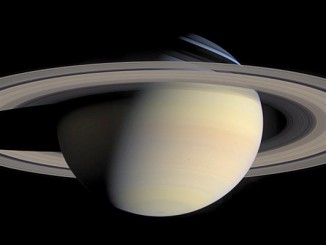
See ringed planet Saturn at its best in late June
While excitement among planetary observers is growing for the best views of Mars for 15 years (Martian dust storms permitting) in late July, there’s still one prior planetary treat: the opposition of Saturn on 27 June, which coincides with a close lunar conjunction. We show you what to look for in and around the Saturnian system.







